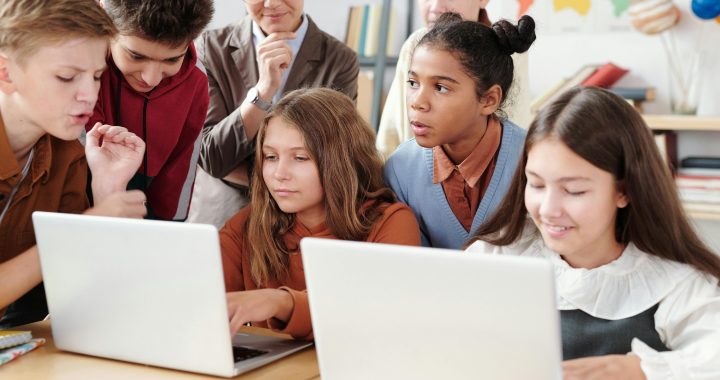As of late, a number of people have become justifiably worried that our one- time democratic society is inevitably headed toward a state of genuine authoritarianism where all power in our government is coalescing within the Presidency; from specific progressive policies which a President doesn’t like because they threaten his particular value system; or those upon whom he wants to seek retribution because he feels they have somehow done him wrong in the past; or simply because a sitting President might have an intense need to be in control of everything which he might influence. And so the reach of such a potential power grab seems to be frightening many people these days.
However, perhaps the larger question that needs to be asked in all this, beyond just stop-gap measures on how to limit the sort of unchecked power of an executive who might in some way threaten our democracy might appear to lay in seeking how to insure that our democratic principles don’t become actually threatened, as many people fear that they are now. That is, what are the root causes of people in a society either ignoring or actually turning away from a truly democratic society? Surprisingly, one of the significant answers to this quandary may not lie so much in amending the levers of power in order to maintain our democracy, but how children are being educated in our schools.
In the past, several important writers on education reform, from John Dewey to George Dennison to Ivan Illich have proposed the idea of truly democratic learning environments in which all of the participants in a particular environment or school, both students and teachers, share with each other both equal rights and equal responsibilities. I myself ran an attempt at such a school recently for twelve years for children six to fourteen, in which I endeavored, as much as possible, to base the entire learning environment on such an equilibrium, from discussions with individual students about what their rights and responsibilities were in any given situation relative to those of the teachers, to a weekly democratic meeting in which students were allowed to discuss and then vote on a number of rules which governed the school.
Within such an environment, as difficult as it may be to implement at times, young people can learn the crucial importance of establishing a democracy based on shared equal rights and equal responsibilities. Otherwise, if the adults in the particular environment are making most or all of the decisions in order to control the nature of the learning environment, they may be unwittingly training people who later in life will have little interest in shared rights and responsibilities in any particular situation in which they might find themselves.
A number of people may remember from several years ago how the economist John Nash, whose life and ideas were depicted in the popular movie A Beautiful Mind, developed his revolutionary equilibrium theory which stated that within a particular group the people involved should work toward developing a solution to any problem in which everyone determines what is the best possible outcome for himself and likewise for the group as a whole. In fact, as much as we could, although we were certainly not always successful, we attempted at our school to employ John Nash’s novel theory in discussing and likewise coming up with problems which had presented themselves involving student rights and responsibilities.
Many people tend to believe that a true democratic society is necessarily one in which a certain group of people maintain their right to assert themselves in a given situation in opposition to those groups of people who oppose them with different values; and may the best person win, so to speak. Yes, of course that sounds like the essence of a democracy, but ultimately it generally leads toward one side grabbing as much power for itself as it can get. A true democracy is based on establishing an equilibrium in which everyone involved agrees to a solution to any given problem in which everyone has both equal rights and equal responsibilities. And that’s something worth exposing young people to in our schools for the sake of our democracy.
